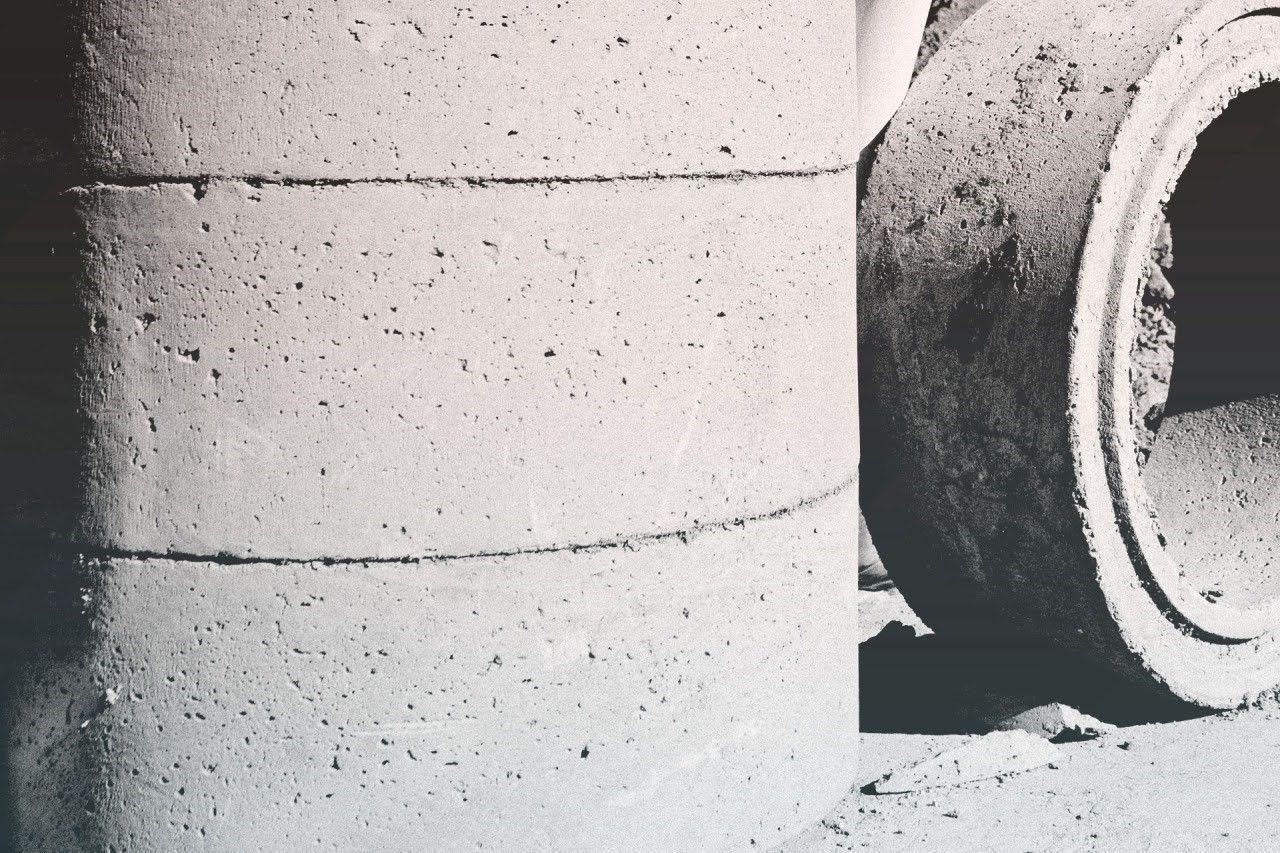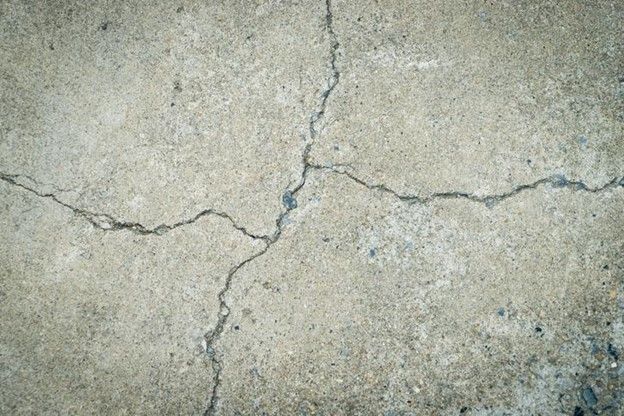Residential • Commercial • Industrial
Your Concrete Patio Guide
A concrete patio is a great addition to your backyard. It helps define a space for relaxing, eating, or entertainment. Concrete has many benefits over other materials, but you need to care for it to keep it in good condition. If you would like to know more about concrete patios, keep reading.
What Damages Concrete Patios?
Many factors can damage concrete, ranging from UV rays to the very support rods used to give the patio more strength. However, concrete patios are particularly at risk of damage from weight, water, and expansion or contraction.
If too much weight is on the patio, the concrete could crack, especially if the weight is distributed unevenly. Water is also problematic for several reasons. First, water can wear grooves into the cement. However, it also softens the soil under the concrete, making it easier for the concrete to crack when exposed to uneven weight distribution.
Finally, like many materials, cement slightly expands and contracts in the heat and cold. This process could also crack the cement, especially if the temperature suddenly drops or rises.
How Can You Help Mitigate Damage?
One of the best ways to mitigate patio damage is to ensure you don't put heavy objects on it. You should also improve any drainage issues to prevent standing water around the patio. Above all, however, you should consider having control joints sawed into the concrete. How many you need depends on several factors, such as:
- The slab thicknesses and size
- The amount of water the patio is exposed to
- Humidity levels
- Temperature
These joints help prevent unwanted cracking by promoting cracking in desirable locations. Unlike asphalt, concrete isn't very flexible, so it can easily crack. However, control joints are pre-cut lines, and these areas are more likely to crack when the patio is under pressure, preventing cracks in other areas, especially during the curing period for new patios.
If you neglect to mitigate damage, it leads to cracks. These cracks affect the aesthetics, but they also increase the risk of further problems. As the cracks widen, more and more water manages to sneak through to the underlying soil. This causes the patio to sink, possibly unevenly.
Finally, consider sealing the patio. This will really help protect it from water damage, but it can also protect against UV damage and staining. Don't forget to seal the expansion joints. Expansion joints are installed during construction, and they provide room for expansion and contraction.
How Can You Tell If You Need to Replace the Patio?
Control joints can be installed in pre-existing patios, but if you already have major issues, you may need to replace the patio. Signs your patio needs to be replaced include the following:
- Water is seeping from under the slab
- The patio is sinking into the soil, which may create an uneven surface
- The surface is breaking up, leading to bits of gravel and a pitted texture
You may also want a new patio if it doesn't have any expansion joints. Expansion joints can't be added after construction, and control joints may not provide enough space for expanding. In addition, expiation joints have a layer of felt sandwiched between the slabs to prevent a wide gap when the slabs aren't expanded, so making a large control joint won't help.
A concrete patio is a great way to take your backyard to the next level. However, without good control joints, the patio can experience major damage. If you would like to know more about concrete cutting services for your patio, or if you need a patio cut up for removal,
contact us at Capitol City Concrete Cutters today.









